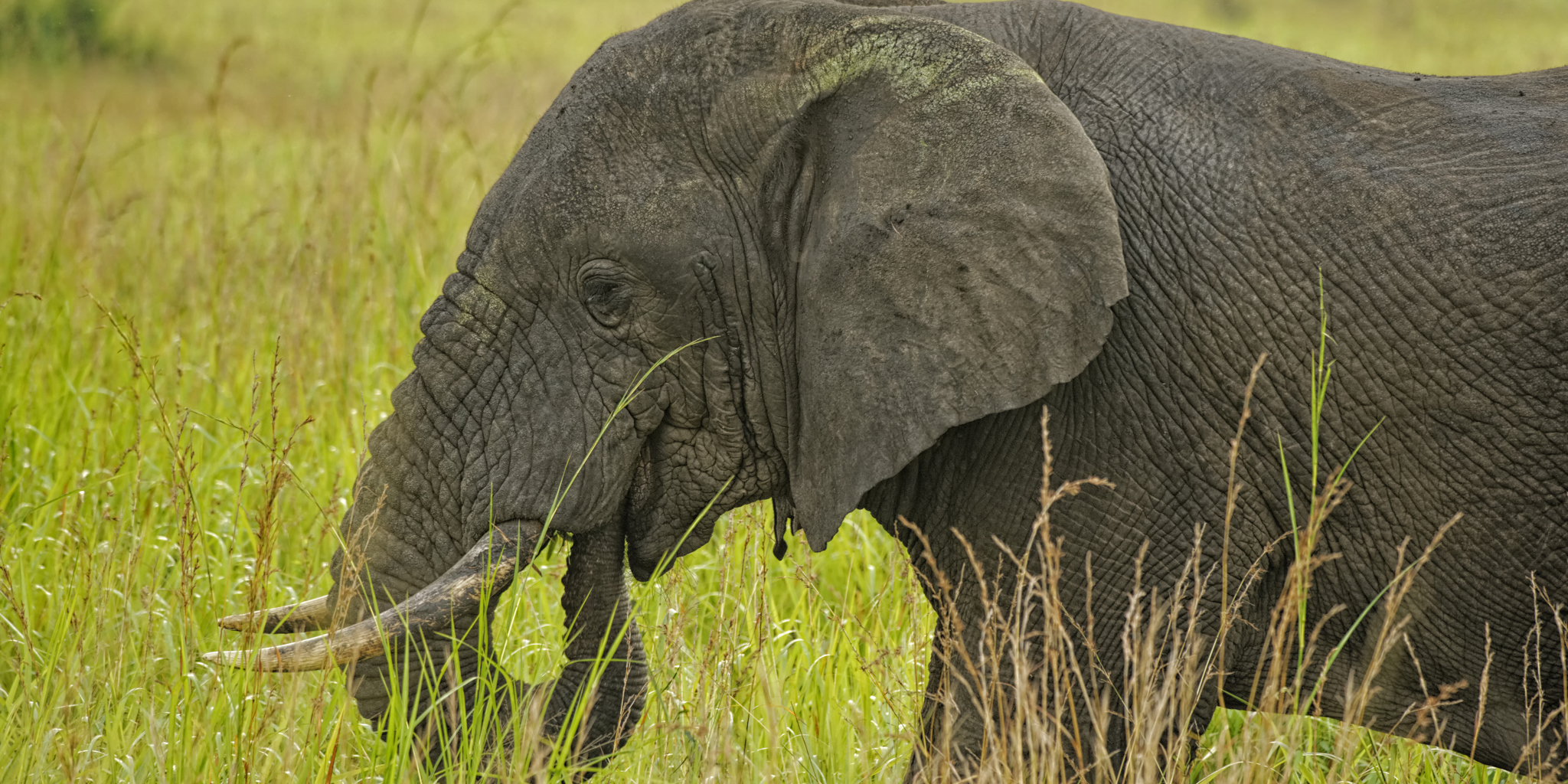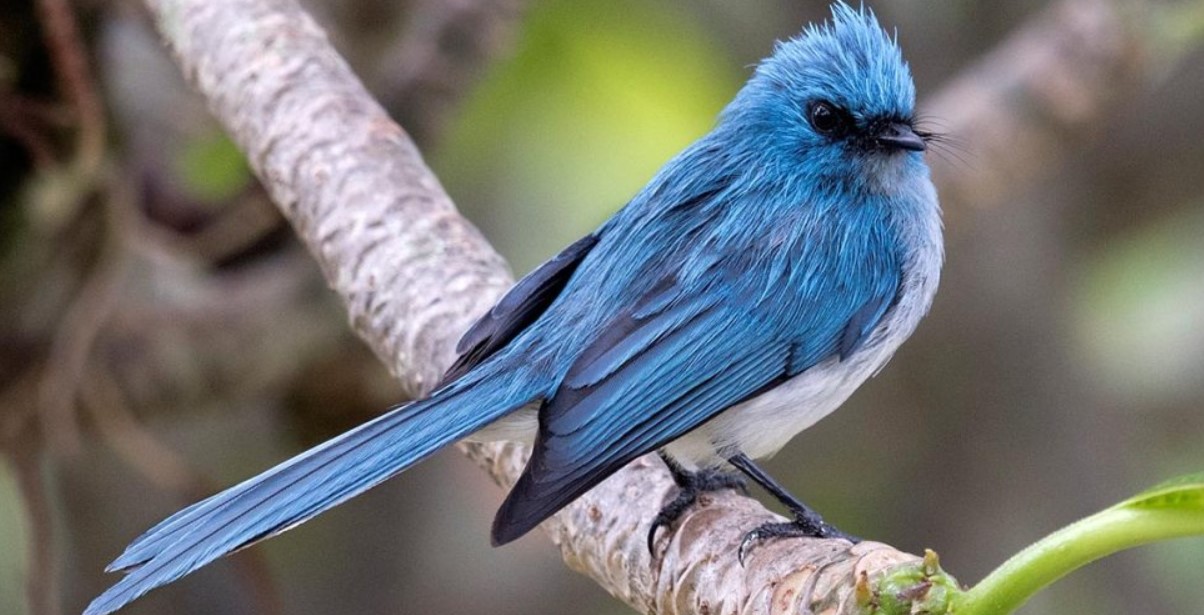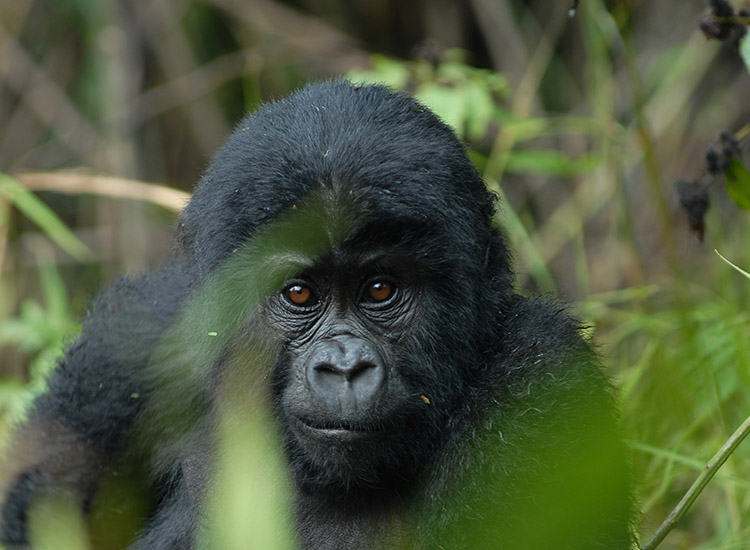What is Queen Elizabeth National Park famous for? Queen Elizabeth National Park it is located…
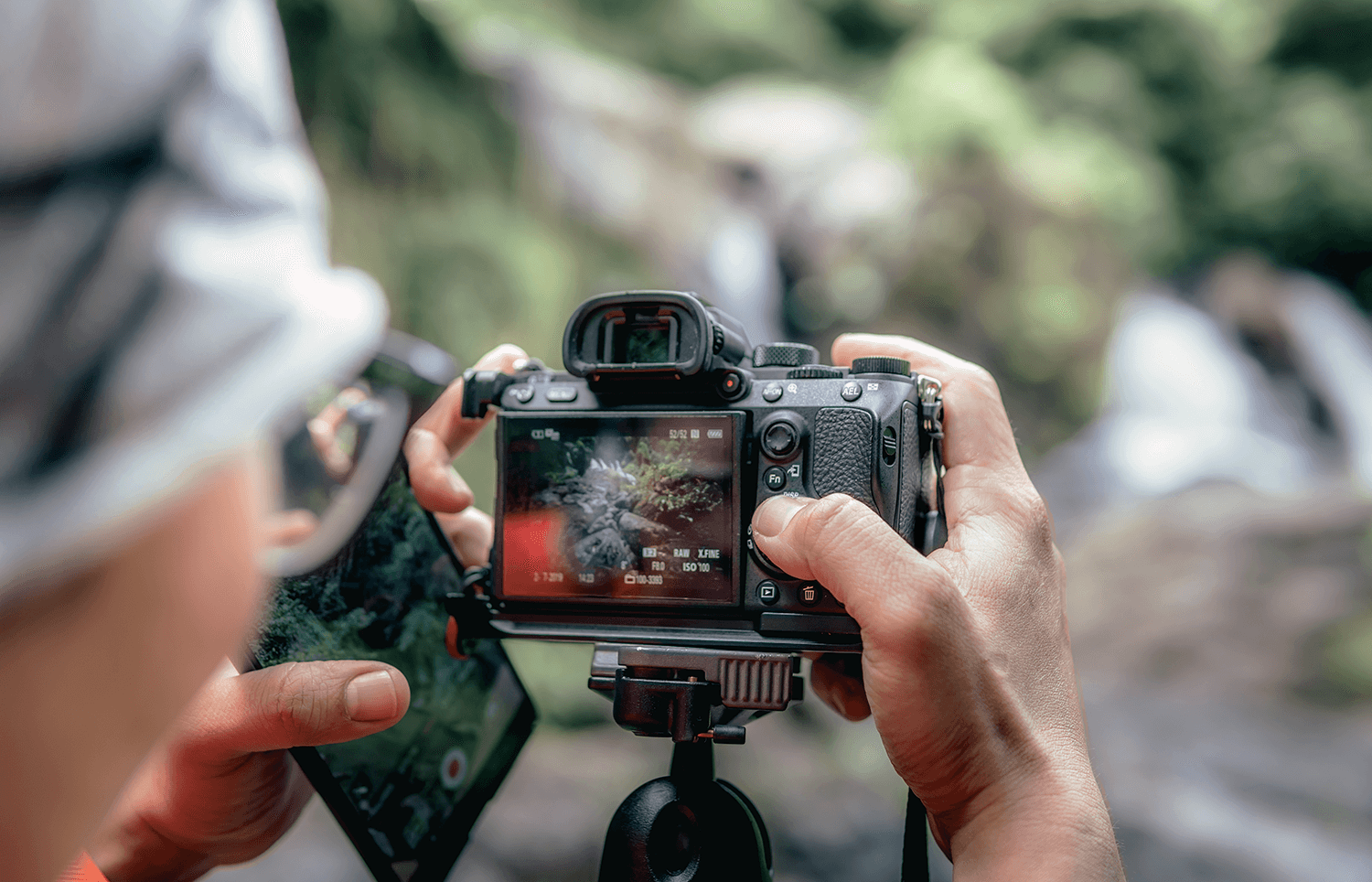
Top Destinations for Photography Tours in Uganda
Top Destinations for Photography Tours in Uganda : Here are some of the destinations for the perfect photography tours in Uganda.
Lake Bunyonyi
One of Uganda’s most stunning lakes, Lake Bunyonyi is situated in the Kabale district’s southwest. In addition to being the second-deepest lake in Africa, Lake Bunyonyi is as breathtaking as many claim. The lake is ringed by lush terraced hills, and there are 29 exquisite islands dotting the surface. In addition to a wide range of birds (more than 250 reported species), wild animals including bushbucks and monkeys, and vibrant local populations, Lake Bunyonyi is also home to these creatures.
Lake Bunyonyi offers great photography trips in addition to resting, swimming, ziplining, cycling, island hopping, birding, boat rides, and community tours. Visitors have the opportunity to photograph the vibrant birds that soar over the lake, its lovely islands, and its terraced undulating hills in addition to interacting with the residents of the nearby settlements.
Mgahinga Gorilla National Park
At 33.9 square kilometers, Mgahinga Gorilla National Park is the smallest national park in Uganda. It is situated in the Virunga Mountain Ranges in the southwest of the country. The park was created to protect the endangered mountain gorillas who reside in its dense forests and is situated at a height of 2,227 to 4,127 meters. However, the park also provides a natural habitat for bird species and endangered golden monkeys. Tourists may only see golden monkeys in this park in Uganda.However, Mgahinga National Park is a UNESCO World Heritage Site for the conservation of the native Batwa pygmies, so it has more to offer than just gorillas and golden monkeys. The first people to live in the forest were this hunter-gatherer society, and their level of antiquity in comprehending its intricacies is unmatched. For a cultural photo outing, tourists on Uganda photography tours can also embark on a Batwa cultural trail, where they can explore the old Batwa homesteads and their revered Ngarama caverns, among other things.
Three stunning extinct volcanoes—Mount Sabyinyo (3,474m), Mount Gahinga (3,669m), and Mount Muhavura (4,127m)—can also be found in Mgahinga Gorilla National Park. These volcanoes not only provide thrilling hiking adventures, but also magnificent sights to capture on a Uganda photography vacation.
Queen Elizabeth National Park
Another location in Uganda that shouldn’t be missed on a Uganda picture safari is Queen Elizabeth National Park. The park, which spans an area of 1,978 square kilometers and is situated in the Kasese District of western Uganda, is the country’s second-largest national park.
The park is renowned for its fascinating fauna and different natural ecosystems. There are 95 different animal species in Queen Elizabeth, and there are approximately 600 different bird species.
The most popular photos to take in Queen Elizabeth are of the unusual sight of tree-climbing lions in the southern Ishasha area. The possibility to shoot large creatures like elephants, buffaloes, hippos, and leopards as well as primates like chimpanzees, monkeys, bush babies, baboons, etc. will also be available to tourists.
In addition, the park includes a wonderful terrain with savanna, woodland, forest gorges, lovely lakes, wetlands, and rivers that all enhance the park’s natural beauty. The rough Rwenzori Mountains, which serve as Queen Elizabeth’s backdrop, the wildlife-rich Kazinga Channel, and a number of crater lakes are all excellent locations for photography. The park also offers a variety of photography trips where visitors may interact with locals and experience folklore, music, drama, etc.
Kibale Forest National Park
The Chimpanzees in Kibale Forest National Park have earned it the moniker “primate capital of the world.” The park, which is located in western Uganda, is the ideal location for picture tourists who want to capture the chimpanzees in their natural environment. Furthermore, Kibale’s diverse expanses of tropical rainforests make it the most alluring national park in Uganda. The park’s primary topographical features are grassland, wetlands, and rainforest, which add to the breathtaking beauty.
13 primate species, including 1500 chimpanzees, 69 animal species, and more than 370 bird species call Kibale home. A wide range of butterflies, amphibians, and reptiles can also be found in the area. Expect to get the best images of chimpanzees and their distinctive way of life, crater lakes, birds, mangabeys, olive baboons, and other exotic species while on a photography tour in Kibale.
Muirhead Falls A variety of natural habitats, including savannah grassland, woodland, riverine vegetation, forest, wetland, and rivers, define a national park. The park is home to 451 known bird species and 76 known animal species. Take pictures of animals grazing in the grassland while on a game drive in the park to see lions, leopards, and hyenas hunting, as well as elephants, buffaloes, giraffes, elands, warthogs, and other species. Nile crocodiles, hippos, and monitor lizards can all be seen on boat rides along the Victoria Nile, along with numerous different cormorants, fish eagles, the shoebill, and other water birds.
Murchison Falls National Park
With a total area of 3,893 square kilometers, Murchison Falls National Park is the biggest national park in Uganda. The park gets its name from the impressive Murchison Falls, which are on the park’s Victoria arm of the River Nile. Photography trips in Murchison Falls National Park are incredibly rewarding, allowing you to capture the roaring falls and its stunning spectacle as well as take in the park’s breathtaking environment.
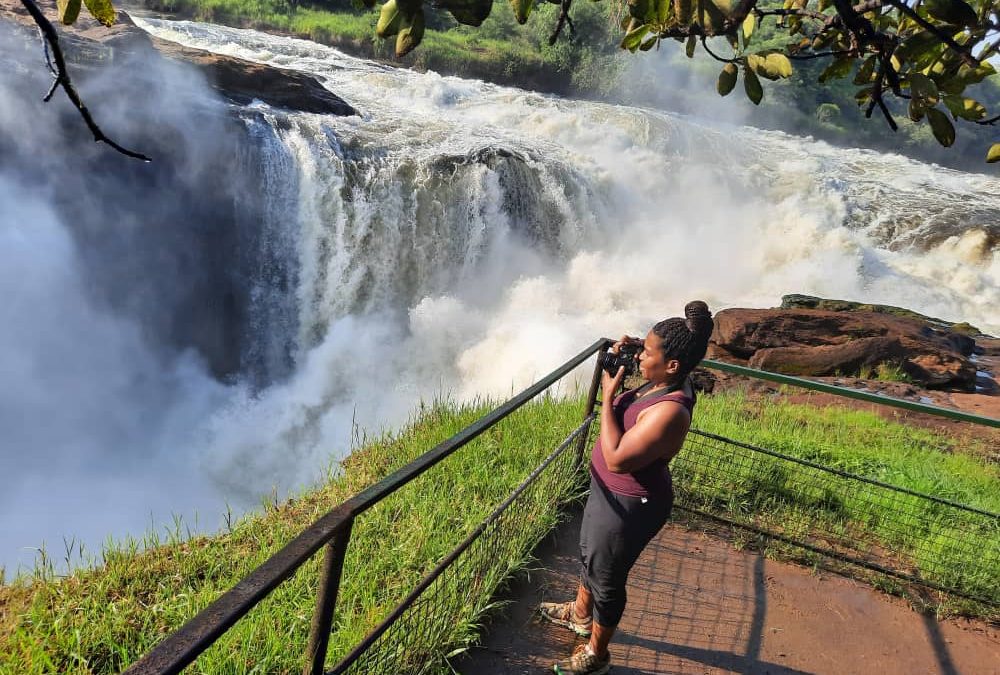
Where the Nile River Originates The source of the Nile, the third-largest lake in the world and the longest river in the world, is near the mouth of Lake Victoria. Just a few miles to the east of Kampala, in Jinja city, is where the Nile originates. Jinja, which offers a variety of the WORLD’S LONGEST adventure tour activities, and as a result the adventure capital of East Africa.
The Equator
Uganda lies on the equator, which separates the world’s hemispheres into the northern and southern. The most well-known Equator in Uganda is located in Jinja, which is also the setting for a number of heart-pounding activities that make for thrilling Uganda photography excursions. In Kayabwe—Mpigi, which is about 72 kilometers from Kampala, photographers can go white-water rafting, bungee jumping, quad biking, kayaking, waterboarding, nature walks, water tubing, water sliding, sport fishing, and partying, to name a few activities. Photographing the experience of traveling across the equator in Uganda is what makes it so fascinating. The most frequented location in Uganda for photography tours is the Equator. As part of your enjoyment at the Equator, don’t forget to perform the water experiment and discover why it is lighter near the equator.
On both sides of the equator, there are a variety of gift and artisan shops, coffee shops, and restaurants. Additionally, if you’re able to take part in the photos with a group of friends, photography tours at the Equator are more enjoyable.
Semuliki National Park
The only lowland tropical forest in East Africa is Semuliki National Park, home to over 53 animals and 441 confirmed bird species. the sprawls across the Semliki Valley floor on the remote western side of the Rwenzori Mountains, in western Uganda, in the Great Rift Valley. The vast lturi Forest in the Congo Basin’s easternmost section is also included in the park. One of Africa’s oldest and most diversified woods is this one.
The Semuliki river, a scale replica of the Congo River, is another attraction of Semuliki National Park. However, the ‘Male’ and ‘Female’ Sempaya hot springs in the park Semuliki are renowned. There are amazing old traditions about how these hot springs were created and what they represent, according to local legend.
Semuliki National Park is a great place to go birding in addition to the hot springs because it is home to both East African and Central African species as well as a population of Batwa pygmies who are descended from the lturi.

